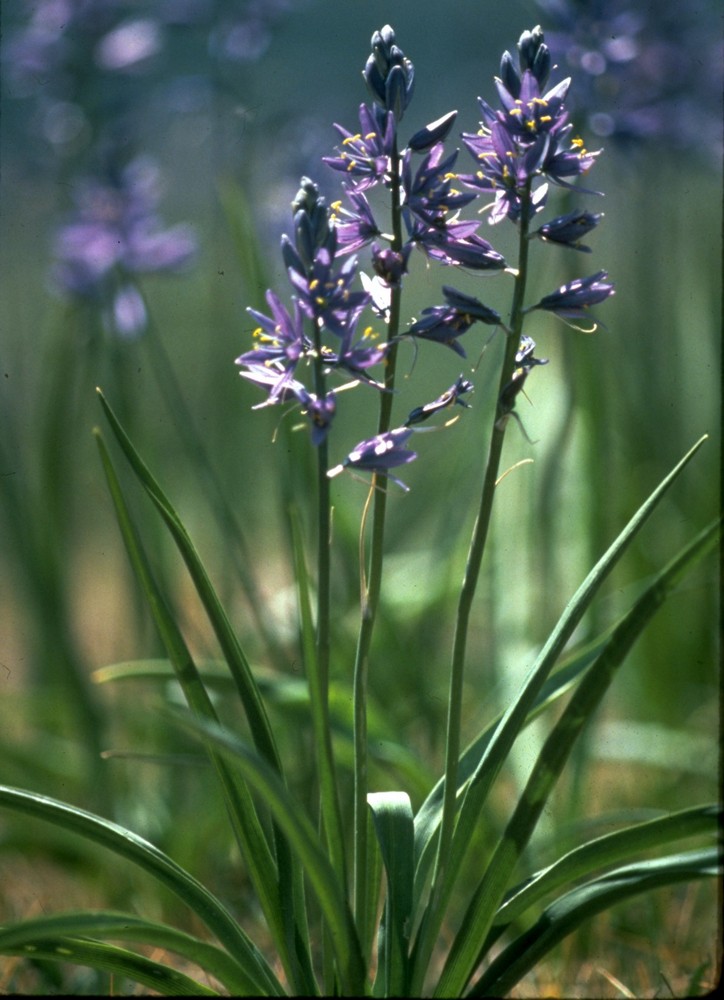The history of the Oregon Coast is a story of the relationship between people and a rugged landscape. In many ways, the history of the region since Euro-American settlement has paralleled the history of the Pacific Northwest, but the region’s isolating topography, the early and lasting imprint of the federal government, persistent conflicts between Indians and whites, and a complex culture make the story different. Gail Wells, a managing partner of Gail Wells Communications, recounts the history of the coast using her perspective as a writer of science, history, and natural resources. She is the author of The Tillamook: A Created Forest Comes of Age (2004) and The Little Lucky: A Family Geography (2007) and the coauthor with Betty Roberts of With Grit and By Grace: Breaking Trails in Politics and Law (2008).

Coast Highway between Nehalem and Neahkahnie c. 1920 OrHi 94418
The Oregon Coast is a sliver of land between the mountains and the sea, almost three hundred miles long and an average of about fifty miles wide, measured from the high-tide mark to the crest …
Archaeological evidence along the lower Columbia River and throughout present-day Oregon and Washington dates the earliest human habitation between 11,500 BP and 10,500 BP. New research suggests that for at least five thousand years before …

Coos Bay Shipbuilding
Under territorial and federal land-claim acts, white farmers took possession of large tracts of land around the lower banks of the coastal rivers and their estuaries. Dairying, the earliest and most important farming enterprise in …
Some of the coast’s most remote and marginal land had been set aside for relocating people who had been defeated in the Rogue Wars and evicted from their homelands along the Rogue, Coquille, Coos, Umpqua, …

Camp Two, Coos Bay Lumber Company
In the early twentieth century, most loggers and millworkers lived in company-provided towns or camps, where the accommodations, food, pay, and working conditions could range from nearly adequate to awful.

Rogue River Bridge
Postwar prosperity caught the Northwest by surprise. As war industries demobilized, business pundits predicted a depression like the one that had followed World War I, accompanied by labor troubles and civil unrest. For a while …
Bancroft, Hubert Howe. History of the Northwest Coast. Vol. 1: 1543-1800. San Francisco: A.L. Bancroft, 1884. Beck, David R.M. Seeking Recognition: The Termination and Restoration of the Coos, Lower Umpqua, and Siuslaw Indians, 1855-1984. Lincoln: …



